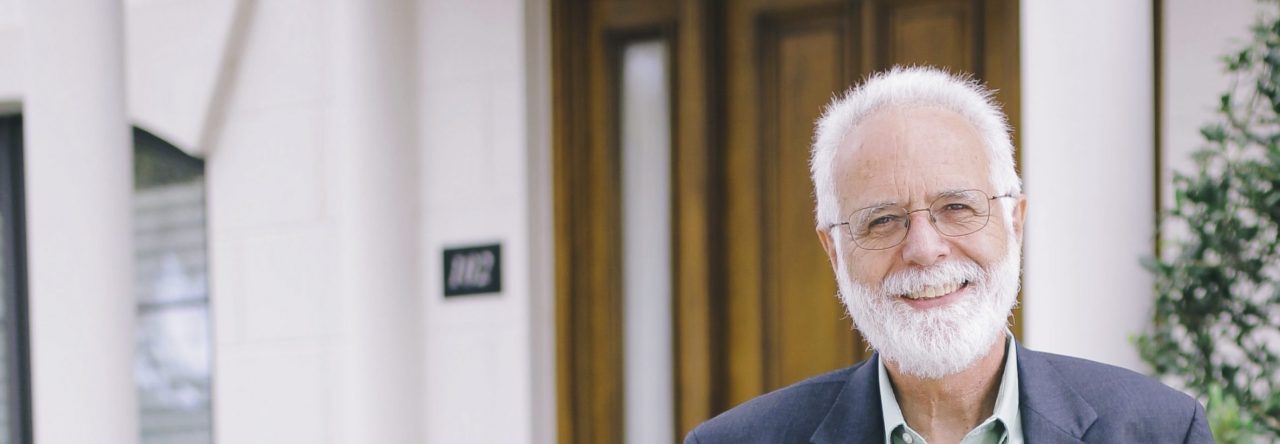
Is that a word? Trepidatiously? No? But I think it a good word.
I proceed at the beginning of any new year with trepidation. I make no commitments, publicly. I am too aware of my own inability to keep broad and ambitious resolutions, and so I don’t make them. To do so sets me up for failure.
However contradictory it may sound, I at the same time find the start of a new year a good, though artificial, time to rethink my habits and consider new ones.
Such has been my thinking regarding the whole ‘read Calvin‘ blitz and buzz. My desire here is nothing new. I read (and outlined) the Institutes in 1989, twenty years ago. I’ve commended portions to many and the whole to some, and have harbored a desire to read it again.
So, tentatively I’m going to give this a shot. But don’t be surprised, as I will not be, a week from now to see the whole idea crashed and burning in a smoldering pile.
If on the other hand I do persevere, you, faithful readers (Calvin’s language), will be subjected to quote after quote. In the introduction to the McNeill/Battles edition – the one we should all use – we read some helpful thoughts about Calvin’s work, this one regarding the nature of this work itself:
“One who takes up Calvin’s masterpiece with the preconception that its author’s mind is a kind of efficeent factory turning out and assembling the parts of a neatly jointed structure of dogmatic logic will quickly find the assumption challenged and shattered. The discerning reader soon realizes that not the author’s intellect alone but his whole spiritual and emotional being is enlisted in his work. Calvin might well have used the phrase later finely composed by Sir Philip Sidney, ‘Look in thy heart, and write.’ He well exemplifies the ancient adage, ‘The heart makes the theologian.’ He was not, we may say, a theologian by profession, but a deeply religious man who possessed a genius for orderly thinking and obeyed the impulse to write out the implications of his faith.” (li)
This has been my observation. This is a work of devotional piety. If you read it well, your heart, not just your mind, will be touched.

MagistraCarminum
We are taking the plunge, too, and share your, um, trepidity! Packer, in his foreward to A Theological Guide to Calvin’s Institutes, says this about the various translations and translators:The readability of the Institutio, considering its size, is remarkable. Calvin’s pacing is steady and urgent throughout. Just about every sentence contains concentrated thought expressed in elegant, fast-moving, colorful,punchy Latin rhetoric. (No English translation fully matches Calvin’sLatin; that of the Elizabethan, Thomas Norton, perhaps gets closest; Beveridge gives us Calvin’s feistiness but not always his precision; Battles gives us the precision but not always the punchiness, and fleetness of foot;Allen is smooth and clear, but low-key.)You can read the whole foreward online here:http://www.wtsbooks.com/pdf_files/9781596380912.pdf
Gus/Adri
I met a theology student in the ’50s who was reading the institutio in Latin. Now, THAT takes a lot of perseverance and linguistic ability–to say the least.G
snowbot
Kristen and I read “To the Reader” today, aloud. It was enjoyable. We’ll see how it goes!
TulipGirl
Like you said. . . touching the heart and mind. . . that’s what drives me to worship.
TulipGirl
Btw, the McNeill/Battles edition is being made available online for a limited time, thanks to Westminster John Knox at this site:http://www2.ptsem.edu/ConEd/Calvin/They are also providing daily audio portions.